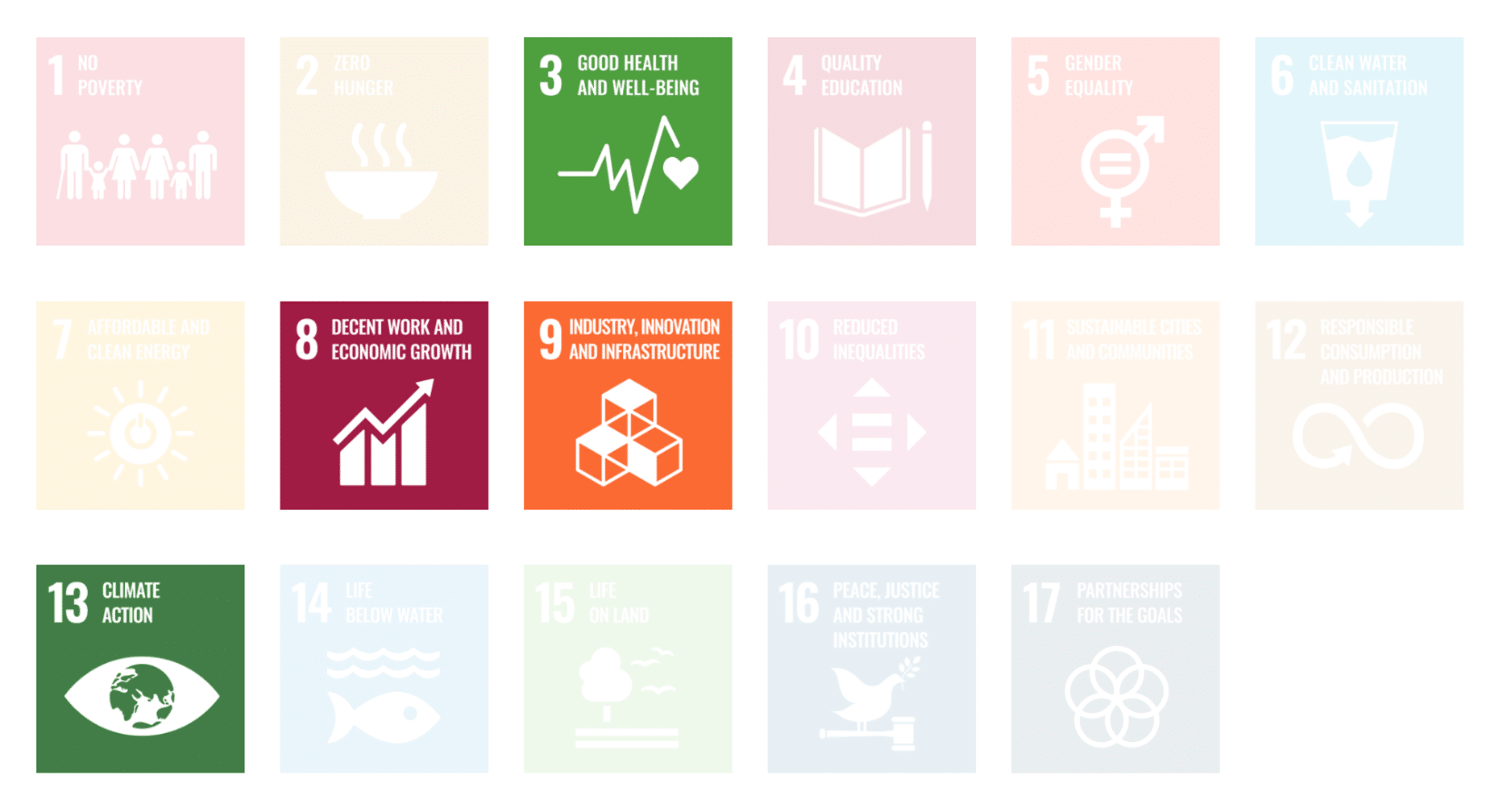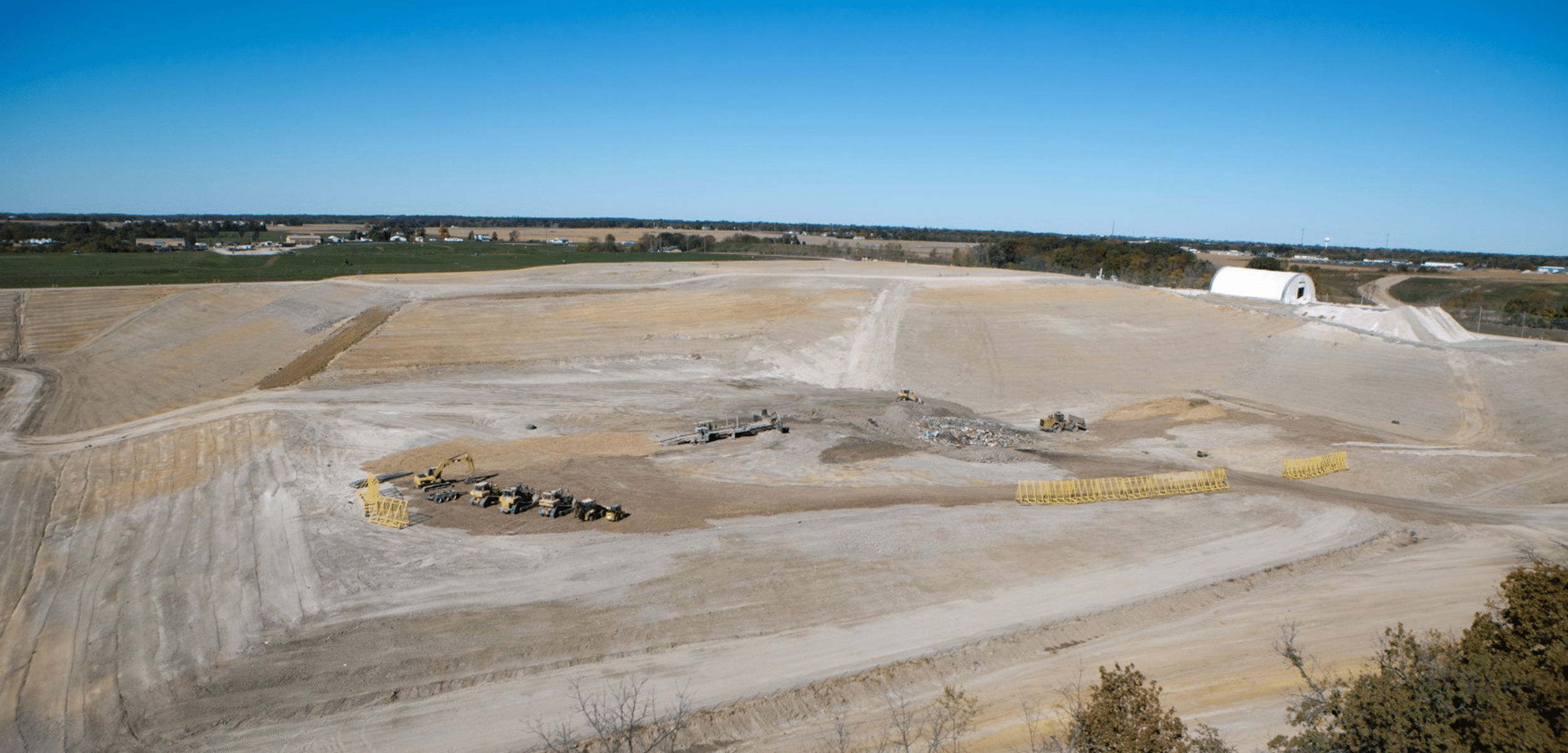 According to the U.S. EPA, a landfill gas to energy project captures roughly 60-90% of the methane emitted from the landfill, depending on the system effectiveness. With its landfill gas under control, rural DeWitt County, Illinois has clearer skies and cleaner air. Instead of escaping into the atmosphere, contributing to smog and global warming, the byproduct of solid waste is captured and converted into a usable energy source.
According to the U.S. EPA, a landfill gas to energy project captures roughly 60-90% of the methane emitted from the landfill, depending on the system effectiveness. With its landfill gas under control, rural DeWitt County, Illinois has clearer skies and cleaner air. Instead of escaping into the atmosphere, contributing to smog and global warming, the byproduct of solid waste is captured and converted into a usable energy source.
The landfill gas, made primarily of methane and carbon dioxide, is extracted from the landfill’s series of 50 wells and piped to two 1.6MW Caterpillar generator sets to convert the methane to biofuel. Burning landfill gas to produce electricity destroys most of the hazardous air pollutants and volatile organic compounds that cause local health concerns. Landfill gas-to-energy technology produces a cost-effective, reliable source of energy, improves air quality and reduces odor.
PROJECT TYPE: Landfill Gas Capture
ONLINE DATE: 2022
LOCATION: Clinton, Illinois
VERIFICATION: Verified Carbon Standard (Verra)
RELATED SUSTAINABLE DEVELOPMENT GOALS (SDGS):
This project contributes directly to the achievement of the Sustainable Development Goals (SDGs) set by the United Nations:

The United Nations’ Sustainable Development Goals (SDGs) are an urgent call for action by countries in global partnership to end poverty, protect the planet, and ensure that by 2030 all people enjoy peace and prosperity.
Co-Benefits
The project’s landfill gas-to-energy technology reduces non-carbon local air pollutants, such as non-methane VOCs, displaces the combustion of natural gas at the biofuel plant, and reduces the migration of methane into the air, soil, or local water table.
Project action supports economic growth in this rural community by creating project construction jobs and ongoing jobs for project maintenance.
In addition to methane and carbon dioxide, landfill gas contains numerous other volatile compounds (VOCs), some of which are listed as hazardous air pollutants that pose threats to human health, such as respiratory irritation, central nervous system damage and cancer. The combustion of landfill gas destroys many of these hazardous air pollutants and improves air quality in the surrounding area.

